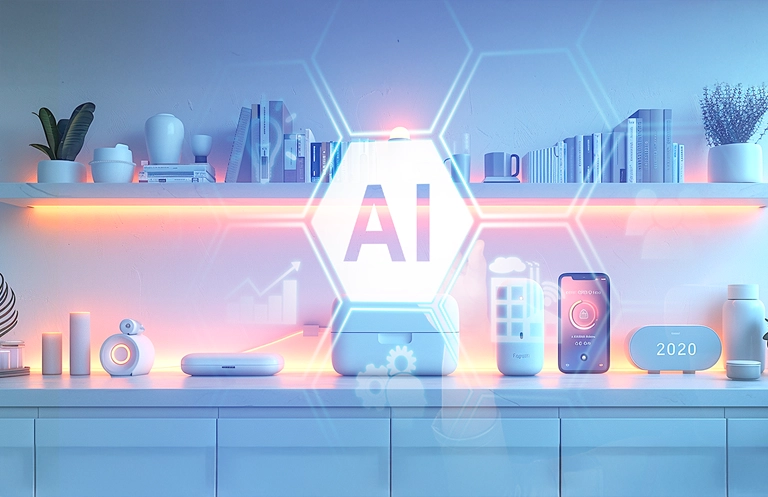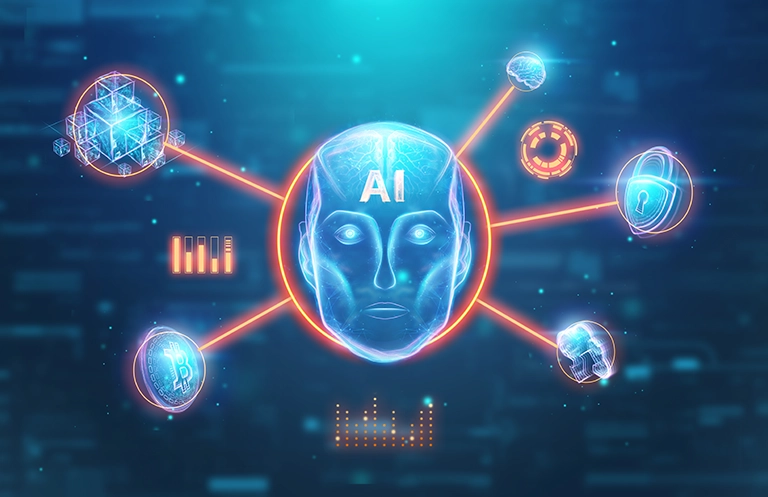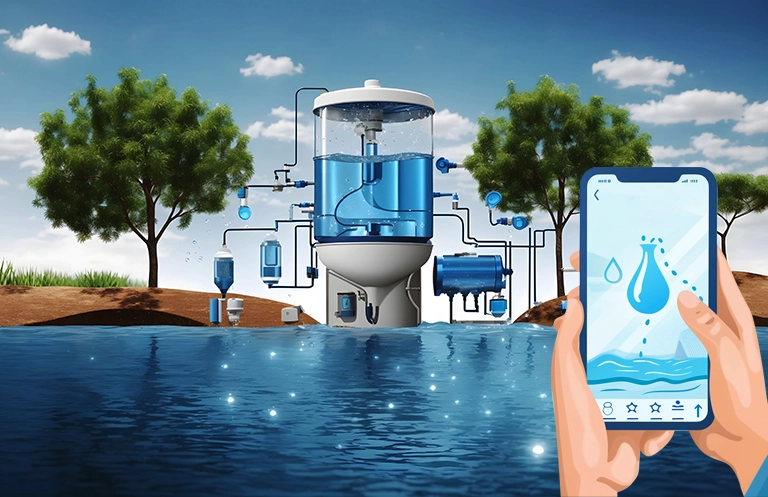Off-late, we have seen a lot of buzz around autonomous and semi-autonomous vehicles. According to Globalwire, the autonomous (driverless) car market was valued at USD 20. 97 billion in 2020, and it is expected to reach USD 61. 93 billion projecting a CAGR of 22. 75%, during the forecast period. Computer vision allows a computer to see and analyze each image to help the vehicle operate accurately and efficiently. Since it deals with enabling machines to mimic or surpass the capabilities of human sight, training such models requires large, annotated datasets.
The effectiveness of Machine Learning is dependent on various factors, one of them being data annotation. Multiple image annotation types such as Polygons, bounding boxes, 3D cuboids, Semantic Segmentation, Lines and Splines can be built into machine learning models. These annotation methods help in achieving greater accuracy for autonomous driving algorithms. However, which annotation method is best suited for you must be chosen according to the requirements of your project.
Table of Contents
Common Data Annotation Types
- 3D Cuboids
- Polygons
- Semantic Segmentation
- Lines and Splines
Common Data Annotation Types:
We looked at how data is annotated with bounding boxes in the last blog. Let’s take a look at some of the other data annotation types.

3D Cuboids
This type is similar to the bounding boxes discussed earlier, where the annotator draws boxes around the objects in an image. However, as the name suggests, the bounding boxes in this type of annotation are in 3D, allowing the objects to be labeled on depth, width, and length (X, Y and Z axes).

The annotator draws a box capturing the object of interest and places anchor points at each of the object’s edges. If an edge is missing or is blocked by another object, the annotator estimates where the edge may be based on the attributes of the object and the angle of the image. This estimation/ annotation plays a vital role in judging the distance of the object from the car based on the depth and detecting the object’s volume and position.
Polygons
Sometimes, the shapes and sizes make it difficult to add bounding boxes around certain objects in an image. Polygons enable accurate object detection and location in images and videos that contain irregular objects. It is one of the most commonly used annotation methods due to its accuracy. The accuracy, though, comes at a cost – it is more time-consuming when compared to other methods. Irregular shapes like humans, animals, and bikes require more than a 2D or 3D bounding box to be annotated.
Polygonal annotation can be a useful technique for algorithms used in autonomous cars as it empowers the annotator to define other aspects like the sides of a road, sidewalk, and obstructed objects, among others.

Semantic Segmentation
So far, we have looked at defining objects in an image, but semantic segmentation is much more precise than other techniques. It deals with associating every pixel in an image with a class. A self-driving car needs to understand its surrounding environment to operate successfully in a real-world scenario. The technique bifurcates the objects into classes like cars, bikes, pedestrians, sidewalks, traffic lights, etc. Usually, these will make up a list that the annotator will have. In sum, semantic segmentation detects and classifies the object, localizes, and segments it for computer vision. Medical imaging is a field where this technique is gaining widespread acceptance.

Lines and Splines
Apart from recognizing the objects, there is also a need to train models on boundaries and lanes. Annotators draw lines in the image along the lanes and edges to help train the model. These lines enable the car to identify or recognize lanes, a critical requirement for autonomous driving to be successful, as it allows the vehicle to navigate smoothly in traffic while still following lane discipline and avoiding mishaps.

The main goal of data annotation in automotive is to classify and segment objects in an image or video. The models discussed in this article are the ones most relevant to the automotive industry. They help achieve precision, which to automotive is important, given that it is a mission-critical industry, and the accuracy, in turn, determines user experience. There are other annotation types as well that are used, but they are not specific to training models for autonomous vehicles.
eInfochips is a product engineering partner for various automotive leaders across the world. eInfochips also has expertise in AI and machine learning and has engaged with various automotive companies to deliver world-class solutions around various automotive electronic systems. To know more about our automotive & data annotation services and AI/ML expertise, get in touch with our experts.












